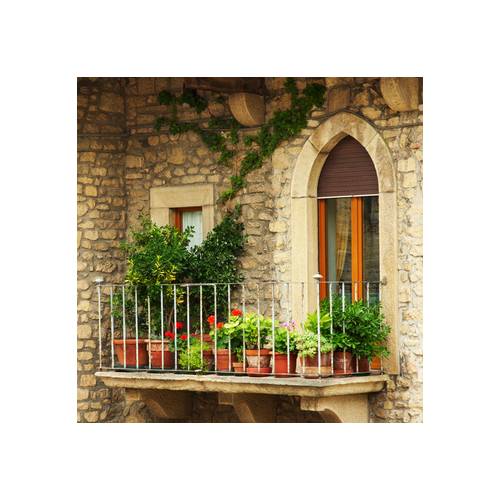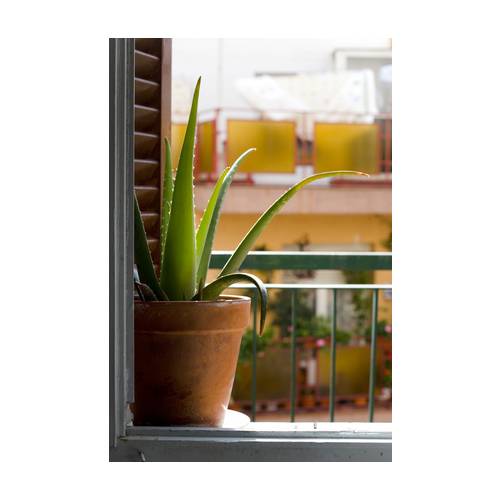
Each plant has its needs
Balcony plants
- Details
-
In a planter or pot, the conditions are not the same as in the ground. The amount of soil that the roots can search for food in is limited and when they are thirsty, they can become very vulnerable. In addition, the effect of temperature changes is more extreme than if planted in the ground. Constraints? Not at all: these growing conditions have many benefits that you should fully exploit !
Before planting...
Check the containers (pots, planters, tubs...) are suitable for the plants you want to grow in them. Water must be able to escape from the bottom through drainage holes. A 3cm layer of small clay beads or gravel will improve the drainage. Above this put good quality compost. You do not need to change the compost each year. You can grow plants in compost that has already been used, as long as the earlier plants did not have disease and were not overly greedy. Large leaved plants with thick stems will exhaust the soil. Result: there is nothing left for the plants that come after them! If this is the case then change the compost.
As far as varieties are concerned, be aware that practically all plants can be grown in containers on a balcony. The bigger a plant is then the bigger a pot it needs. Classic plants for growing on the balcony like Pelargoniums (or "Balcony Geraniums") and Petunias need about 2 litres of soil for each plant to fully develop. Other balcony flowers have lesser needs such as Pansies and Primroses, which are happy with much smaller quantities. Vegetables are very greedy especially cabbages and tomatoes which need 15 l of soil each! For a lettuce, 1.5 l is enough. Aromatic plants need even less and do not require much watering.
At planting time
Soak the compost in the containers so that the water is running out of the drainage holes. Also, soak the pots of the plants that are to be grown for an hour or so in water beforehand. Remove them from their pots and plant them in a sufficiently deep hole. If the plants have a tendency to fall over on their side it may be worth giving them a light prune. Do not hesitate to sacrifice a few flower buds: each one sacrificed now will yield 10 more later on !
Looking after them
Remove dead flowers and yellowing leaves throughout the season. Of course, do not forget to water them regularly, before they actually start to wilt. Pour water around the base and not on the leaves, which can encourage disease. If the compost has become compacted around the plantís base then add some more. A tub that is full of soil is the secret to great flowering or fruiting in a pot! Only add fertilizer if the plants need it. Too much fertilizer will burn the roots and you will see them perish very quickly. A good sign is when the plantís roots start covering the bottom of the pot then a dose of fertilizer will be much appreciated... - Photos (2)


